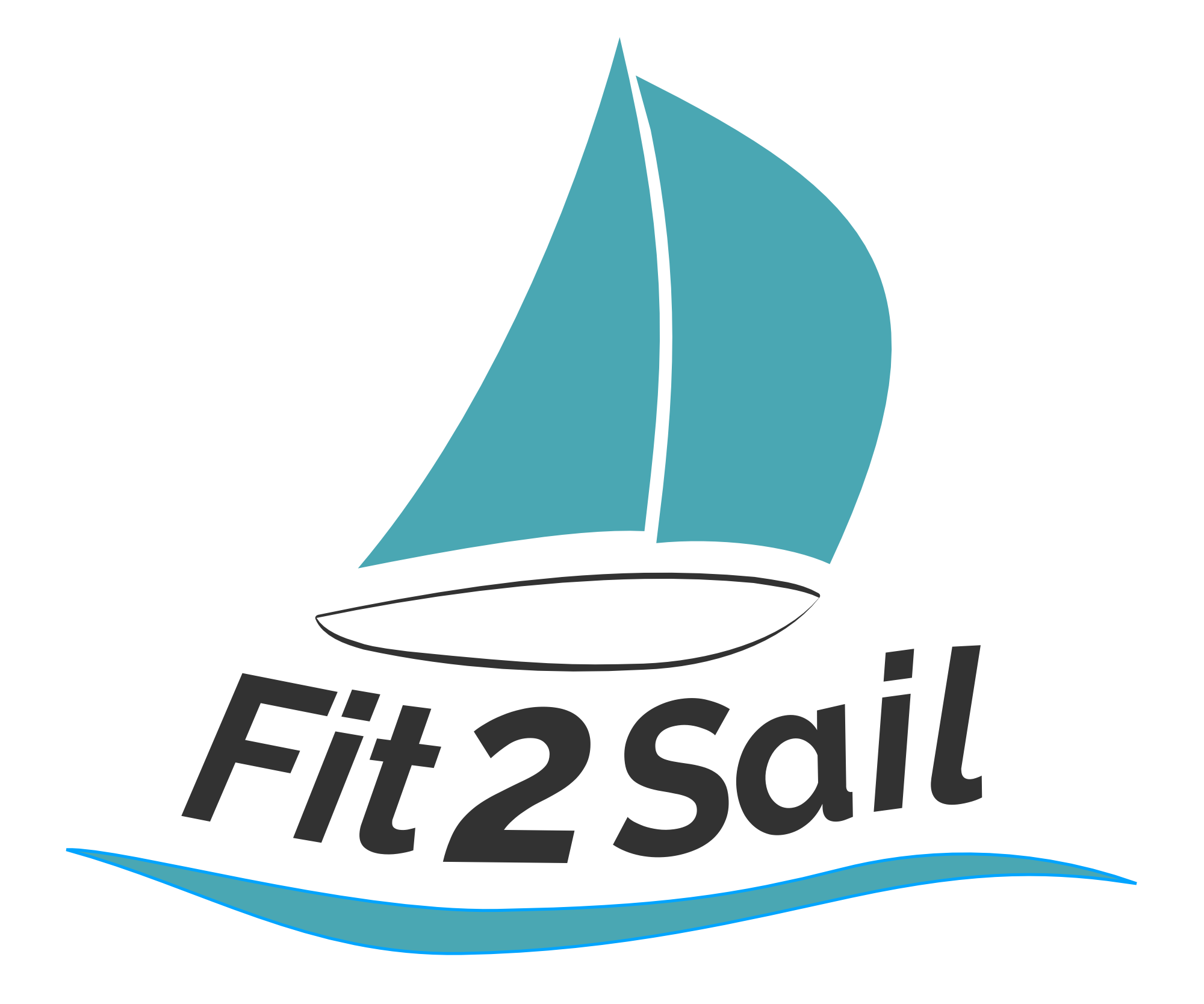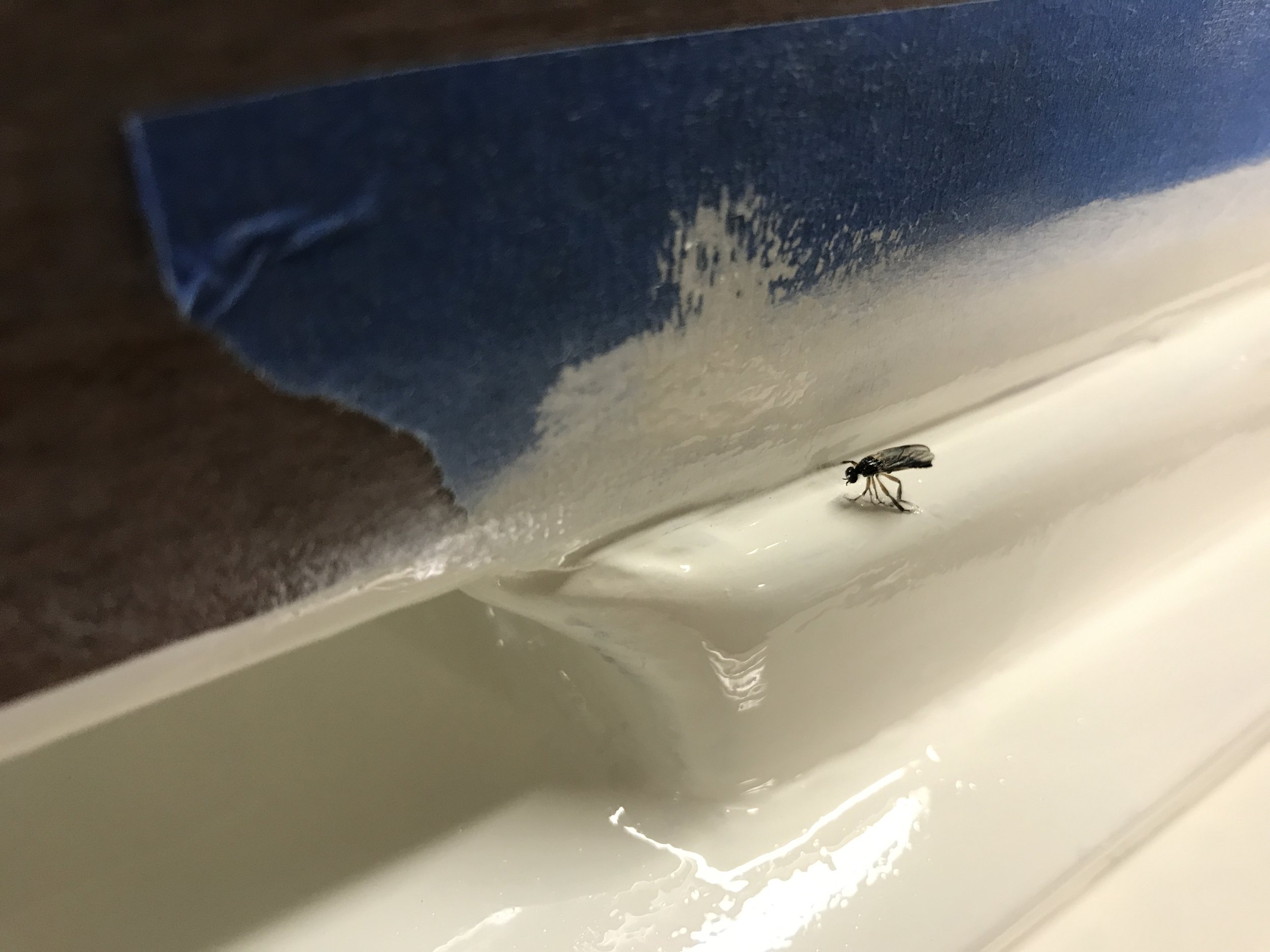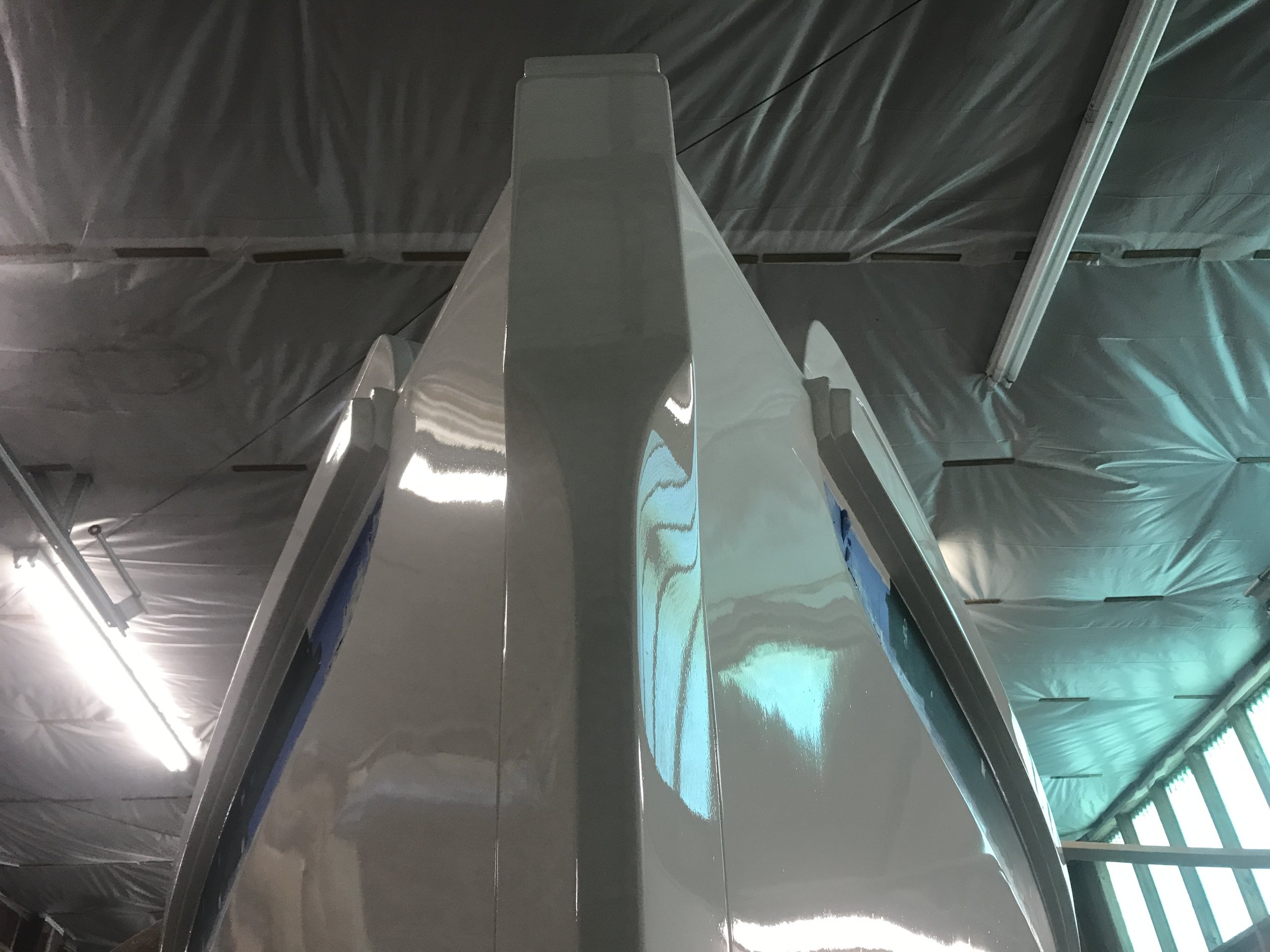Hull and Bulwarks Are PAINTED!
On April 1, we set out a slightly ambitious schedule of painting the hull and bulwarks. Really, we wanted to see if it was remotely possible to move Calypso out of the shed by the end of April.
Original, if all goes perfectly, schedule
By April 2, this schedule was all shot to hell. Exaggeration maybe, but you might notice in the above that there’s no accommodation for bad weather. Even though we’re inside a shed, it’s not climate controlled, so pesky details like temperature and humidity need to be taken into account. Spring in Virginia this year has been a game of peek-a-boo, or PSYCH! - we’ve had 70 degree days followed by highs in the mid-40s. Planning and executing a once-in-decades paint job requires as much weather monitoring as cruising does.
It’s been a few weeks of intense work. We’ve hand-sanded the bulwarks a total of EIGHT times. (It takes between 5 and 6 hours to sand once, both of us working the whole time.) Multiple days have seen us eating half a sandwich for lunch, the other half for dinner, and a weary closing of the shed past 10 pm. We haven’t gone so far as to set an alarm, but mental worries have us up promptly each day.
The shed is part of the yard operations. There’s a forklift that lives in there, a workbench with tools, even a power washer. Two huge garage doors provide access - and offer an ingress point for dust and bugs. We didn’t want to disturb regular work times and so had at one point decided to paint after business hours. One snafu with this plan is that the new yard manager has been putting in crazy hours, often working well past 7 in the evening. When we’ve got a 3-hour paint job to pull off, this makes for very late nights.
So when Easter Sunday came around and the yard was going to be totally shut down, plus temperatures and humidity were going to be perfect, we jumped at the opportunity to put a third (and final) coat on the cabinsides and the hull.
It didn’t go exactly according to plan.
Suicidal bugs are a hazard of night painting.
The cabinsides and transom came out okay. Well enough, anyway, to call it good. The hull was a different story. Lint, bubbles, dust, and dullness reigned supreme. To say we were disappointed is an understatement. A fourth coat was clearly in order, the 10-foot-rule notwithstanding.
Tuesday we sanded and painted the starboard bulwark. Wednesday the port side got the same treatment. Both came out beautifully. The bulwarks may be a massive pain to sand and prep, but the bonus with all those small spaces is that flaws disappear. The beauty of the bulwarks highlighted the not-great finish on the hull.
Bulwarks and cabin, 3 coats each
Thursday was a full on sanding day. The hull got hand sanded, orbital sanded, hand sanded with sandpaper, and then a final dulling with a maroon Scotch pad. We vacuumed all the dust up, closed the shop, and headed home to check the weather. Meanwhile, we asked if it was possible to leave the shed closed even during business hours: the forklift and power washer could be moved out first thing, and any needed tools accessed through a side door. Absolutely, was the reply. Whew.
Friday was the day. By 11 am, Jeremy had mixed the first pot of paint while I ran first a tack cloth and then a thinner-soaked cheesecloth over the hull, and we were off.
Final product. We are THRILLED!
Both sides went on smoothly. Very few dust specs; very few bubbles. We’d found a second paint roller “cage”, so we’d prepped 2 rollers from the outset. This meant when it came time to swap out rollers, it was a matter of handing Jeremy the new handle to keep on applying while I cleaned off the old one and prepped the next roller. Between that, mixing a bit more paint than we thought we’d need, and a temperature hovering right at 68, it could not have gone a lot better.
Next up is pulling tape and letting the paint cook for a couple of days. We need to reverse it - meaning now we need to mask the newly-painted white stuff to deal with the green. Fingers crossed THAT goes well!
The schedule, computerized





